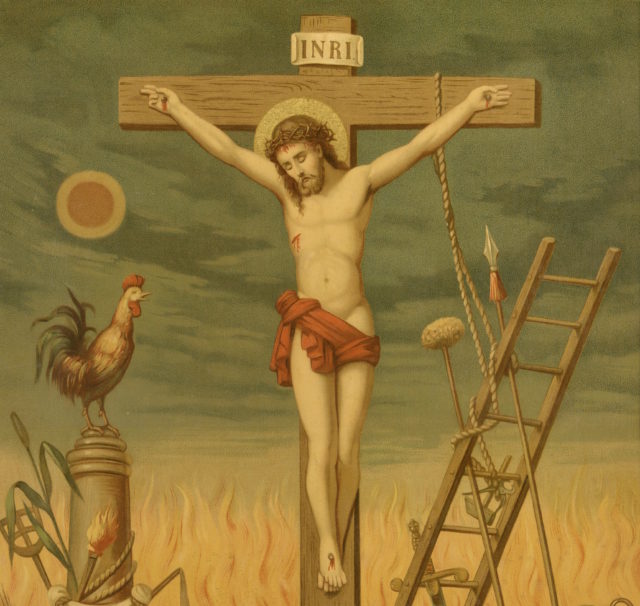
by Moe | Jul 18, 2018 | Mystical Christianity
The Galilee region was said to be the home of Jesus during at least 30 years of his life. Galilee was home to a people called the “Galatians or Galileans.” This is also the same place in the Scripture where St. Paul wrote a famous letter addressing “to the churches of Galatia” (Galatians 1:2).
He had visited there when he was sick in order to be healed and he calls all citizens of the province of ‘Galatia’ by the name ‘Galatians’ which can be considered at the time as being honorable. In the Acts of the Apostles, Paul says he is traveling to the “region of Galatia and Phrygia“, which lies immediately west of Galatia. (more…)
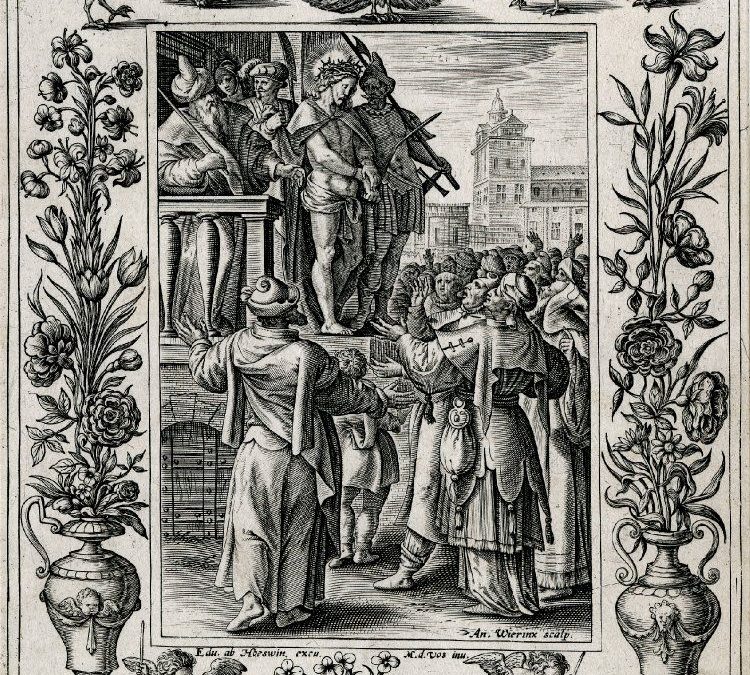
by Moe | Jul 11, 2018 | Mystical Christianity
Kepha (Kefa, Kepha, Cepha, Hepha) was the city where the Lord Jesus was judged by the Doctors of the Law of Israel ie: The Priesthood of Kepha and condemned to death. In the Scripture, the city of Kepha was said to be separated from the city known as Acco, or Ptolemais, by a large and beautiful harbor. To travel by sea from Acco to Kepha was approximately fifteen miles but by land the distance is double.
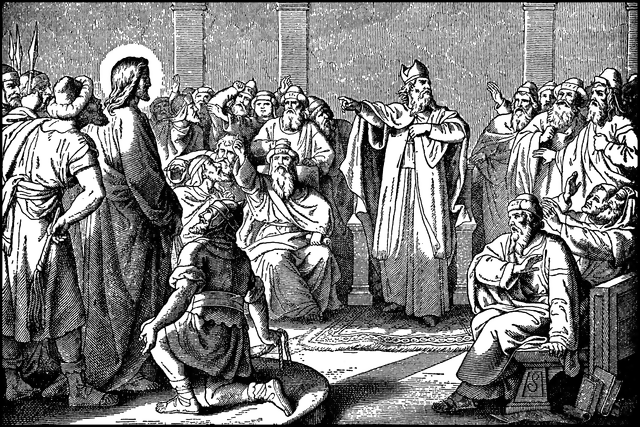
The word Kepha means “the head,” but also denote esoterically in religion as, “Ruler, Lord or a Cornerstone (Masonic), uniting two walls.” There are many alternate spellings of the word such as Cepha, Cephas, and most commonly in Scripture as ‘Caiphas.’
You will find many priests at this time who had taken the name of Kephas, Cephas and or Caiphas. For example, as I explained in my article, Simon (Saint Peter): Kepha of the Church and The Kepha (Head Priest) Holds the Keys to Heaven and Hell, Simon AKA Saint Peter is given a special “code name” by Jesus when he says, “Thou art Shemeun, (Simon,) the son of Jona (John): thou shalt be called Kepha.” (John 1:42)
Kepha AKA Simon (Saint Peter) was succeeded by five sons and this son-in-law (Jos., “Ant.,” 18, 2, If.; 20, 9, 1.) The family were all Sadducees (Jos., Talmud), and were especially adversarial to the Pharisees. Crete and the name of “Kephala” connect to the biblical history of the High Priests of Isreal known as the Kepha, Simon (Saint Peter) who was also known as “Simon Kephas” and Jesus who was a “member of this Brotherhood.”
According to Josephus, he was also called Caiaphas” and was made high priest (18–36 C.E.) at the time of Jesus’ activity and crucifixion by the Procurator Valerius Gratus (18 A.D.) and that he was removed by the Procurator Vitellius (36 A.D.). His successor was “Jonathan the son of Ananus,”(Annas of the NT) (Antiq. XVIII. ii. 2; iv. 3) .
Historical sources prove the influential priestly background of Joseph Caiaphas who was the son-in-law of Anan – son of Seth, a powerful and important priestly family in Jerusalem (John 18:13); the Mishnah (Par. 3:5) speaks of a high priest named Elioeneiai (*Elionaeus) ha-Kayyaf (ha-Kof), who some say may have been a son of Joseph Caiaphas.
Please keep in mind that Joseph Caiaphas is the same person we know as the Roman-Jewish Historian, Josephus AKA Titus Flavius Josephus born Yosef ben Matityahu who initially fought against the Romans during the First Jewish–Roman War as head of Jewish forces in Galilee.
Therefore, we can say that the Caiphas High Priest and his Brethren of Israel were the true the Doctors of the Law at the time. These hereditary High Priests and Doctors of the Law had ruled from what is known biblically as the “Palace or House/Hall of Kephas (Caiphas).” This was the place where the High Priest of Israel resided, and it was here that Jesus was tried by the Sanhedrin.
An important to note that Simon Kepha – AKA Saint Peter had denied Jesus in one of the courts of the Palace or House of Kephas which was the exact place as mentioned by St. Mark as the two cock-crowings (chap. xiv. 72), thus increasing the guilt of Peter’s denial.
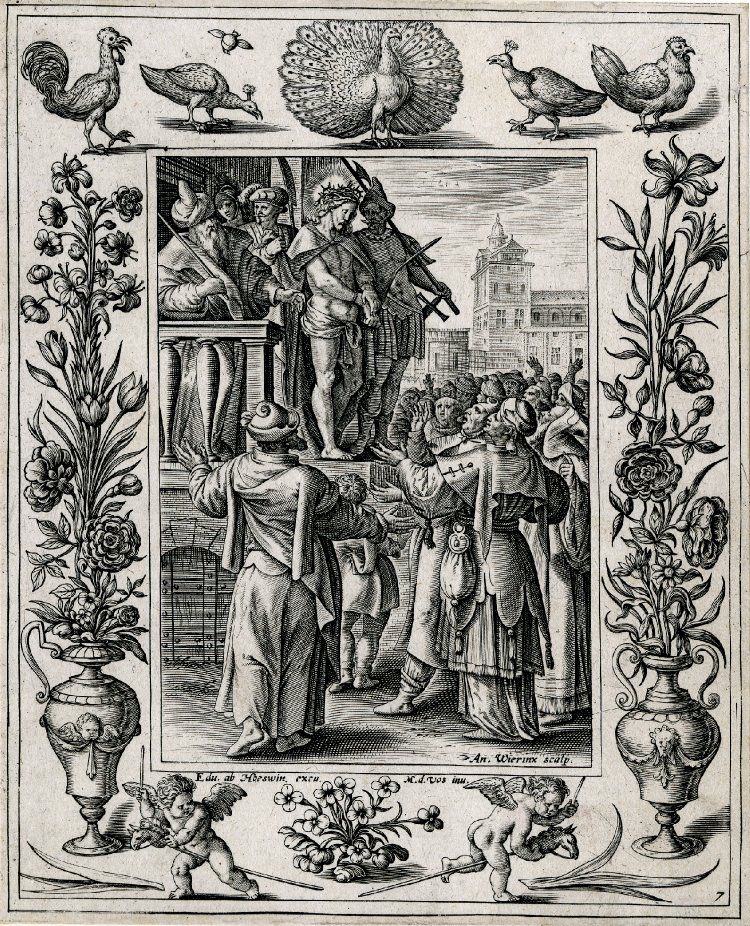
As I had written in a previous article, The Kepha (Head Priest) Holds the Keys to Heaven and Hell, this location has been verified by science and history given the fact that on the ancient Holy Island of Crete sits the Temple of Knossos (AKA Gnosis) at the bottom of a hill that was once called “Kephala.” (AKA Kephala tou Tselevi)
This is also the exact location where archeologists have found “Kephala Tholos Tomb”, which sits north of the palace of Knossos. This was where King Kephalos (Cephalus) of Crete had ruled over the “Villages of Kephalos,” from the steep and lofty headland of Kephalos.
I would like to point out that this name of Kephala tou Tselevi is also an Apocalyptic clue to the historical and biblical origins of these hereditary Israelite High Priests and Doctors of the Law.
The name Kephala means Head, tou may signify king but in the Hebrew/Modern Phoenician, the equivalent is ta’ah which mostly means “deceived, leads them astray, leads to ruin, misled and or went astray.” We find the meaning of Tselevi points to the name of their biblical priesthood – The Levites which corresponds to the “specific roles and legal rites” they were given by Rome under the rules of both Julius and Agustus Caesars.
This is precisely why in the Scripture, the headland or hill of Kephalos was also known as the Mount of Tombs and is called by the Christians, “The Hill of Evil Counsel.” The place where it is said that the princes, priests, scribes and the elders of the law had conspired to arrest Jesus. As it is said in Matthew 26:3-5, “that by subtlety they might apprehend Jesus“, was held in the house of Caiphas.
The Tosefta which is said to be a compilation of the Jewish oral law mentions the House of Kaipha (AKA the Judgment Hall of Caiaphas) as a high-priestly family.(Yev. 1:10) The hill south of Jerusalem where this house is said by tradition to have stood is called the “Hill of Evil Counsel”.
This is why I believe that it was also called Kephala tou Tselevi for these were the same Levite priests who were the first High Priest of the Israelites with Aaron and his brother Moses who could be called the founders of the Levite Priesthood. Joseph was both a Levite Prince and the High Priest with the Coat of Many Colors.
by Moe | Feb 12, 2016 | Giants
Not many people today are aware that there used to be a giant race of beings that had walked and ruled the earth. Throughout 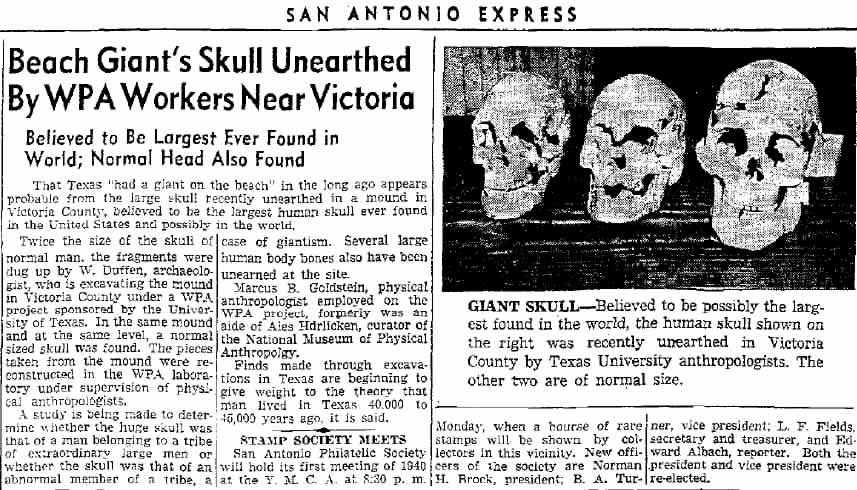 history they have been known in literature as the Nephilim, Anunnaki, mighty men of renown, and simply as giants who became Gods on earth. Men who were renown for the super human mental power, strength, and length in years which they had lived. Nearly 2,500 years ago, the Greek historian, Homer had often complained of the decreasing size of the human species, and in the bible we find these same people written about who are both giant in size and lived to extremely old ages.
history they have been known in literature as the Nephilim, Anunnaki, mighty men of renown, and simply as giants who became Gods on earth. Men who were renown for the super human mental power, strength, and length in years which they had lived. Nearly 2,500 years ago, the Greek historian, Homer had often complained of the decreasing size of the human species, and in the bible we find these same people written about who are both giant in size and lived to extremely old ages.
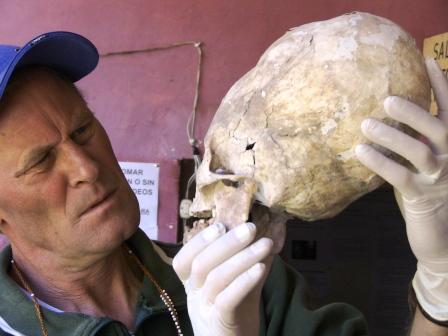 Today, there is real true-life modern day science that backs up these stories, and that any one of us can research to find out the truth for ourselves. In fact, the actual bones of these giants have been found all over the world in places such as America, Italy, Peru, Crete and many other countries. Just recently, I had written on these giants in my article titled: The Alien DNA of the Elongated Nephilim Skulls, where I state the words of a geneticist working with one of the world’s top experts on these giant skulls, Brien Foerster who lives in Peru and had the DNA tested on one of the elongated skulls that have been found all over Peru. The Geneticist had this to say; (more…)
Today, there is real true-life modern day science that backs up these stories, and that any one of us can research to find out the truth for ourselves. In fact, the actual bones of these giants have been found all over the world in places such as America, Italy, Peru, Crete and many other countries. Just recently, I had written on these giants in my article titled: The Alien DNA of the Elongated Nephilim Skulls, where I state the words of a geneticist working with one of the world’s top experts on these giant skulls, Brien Foerster who lives in Peru and had the DNA tested on one of the elongated skulls that have been found all over Peru. The Geneticist had this to say; (more…)
by Moe | Dec 18, 2015 | Freemasonry
In the Old Testament, Ezra (3.7) infers that Jews and Phoenicians renew commercial relations: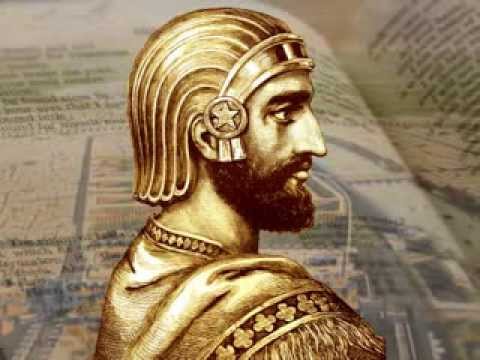
“So they gave money to the masons and the carpenters and food, drink and oil to the Sidonians and Tyrians to bring cedar trees from Lebanon to the sea to Joppa, according to the grant that they had from Cyrus, king of Persia.”
The Book of Ezra narrates a story of the first return of exiles in the first year of Cyrus, in which Cyrus boastfully proclaims: “All the kingdoms of the earth hath the LORD, the God of heaven, given me; and He hath charged me to build Him a house in Jerusalem, which is in Judah.”(Ezra 1:2) (more…)
by Moe | Nov 4, 2015 | Freemasonry, History of the Brotherhood
“And Hiram king of Tyre sent messengers to David, and cedar trees, also carpenters and masons who built David a house.” – Samuel 5:11
 In my last couple articles on Hiram, King Hiram: The Masonic Chief Architect from Crete and Hiram’s First Masons: The Cunning Daedalus Invented the Masonic Working Tools, I explained the many connections that exist in the golden thread of time between one of the crafts most honored builders and the ancient Holy Island of Crete. A legend that we can actually piece together using true physical evidence in the geography, archeaology, etymology and history that supports both Biblical and Masonic stories of Hiram.
In my last couple articles on Hiram, King Hiram: The Masonic Chief Architect from Crete and Hiram’s First Masons: The Cunning Daedalus Invented the Masonic Working Tools, I explained the many connections that exist in the golden thread of time between one of the crafts most honored builders and the ancient Holy Island of Crete. A legend that we can actually piece together using true physical evidence in the geography, archeaology, etymology and history that supports both Biblical and Masonic stories of Hiram.
For example in the research I will present to you below, I will show you the very building materials that Hiram had used to build Solomon’s Temple such as the cedars and cyprus trees which can found on Crete. Many great historians have actually said that trees like the cedar had originated there. The same exact wood that archaeologists have discovered in the ruins of the Temple of Knossos on Crete which I know as the true ancient Temple of Solomon.
This takes this research to the next level where it becomes more than just a theory. This is actual Scientific evidence that matches the history, biblical story and masonic legends more than any other location and temple ruins on earth.
There were great forests of cypress in Crete for King Hiram and his Masons to utilize in the building of the Temple.
Some of the world’s greatest philosophers and writers such as Diodorus Siculus, Plato, and Solinus speak of groves of Cypress which were held sacred in Crete, near the ruins of the reputed dwelling of the Goddess Rhea, and in the vicinity of the Cave of Zeus on Mount Ida. The Roman historian and philosopher Pliny had said, that Crete was the first natural habitat for the “cypress trees which sprout spontaneously on Mount Ida on the island of Crete, whenever the soil there is disturbed”. (more…)








